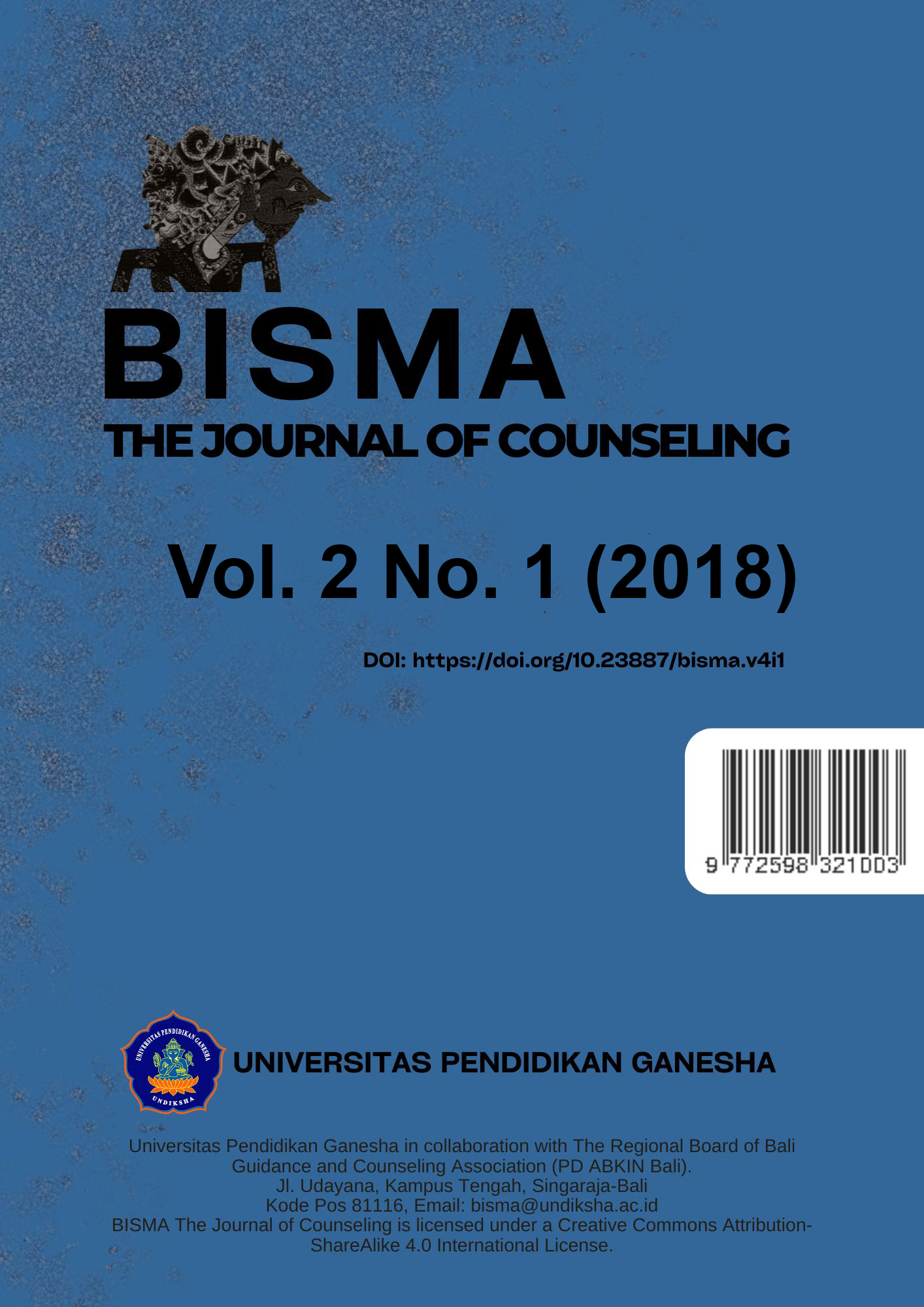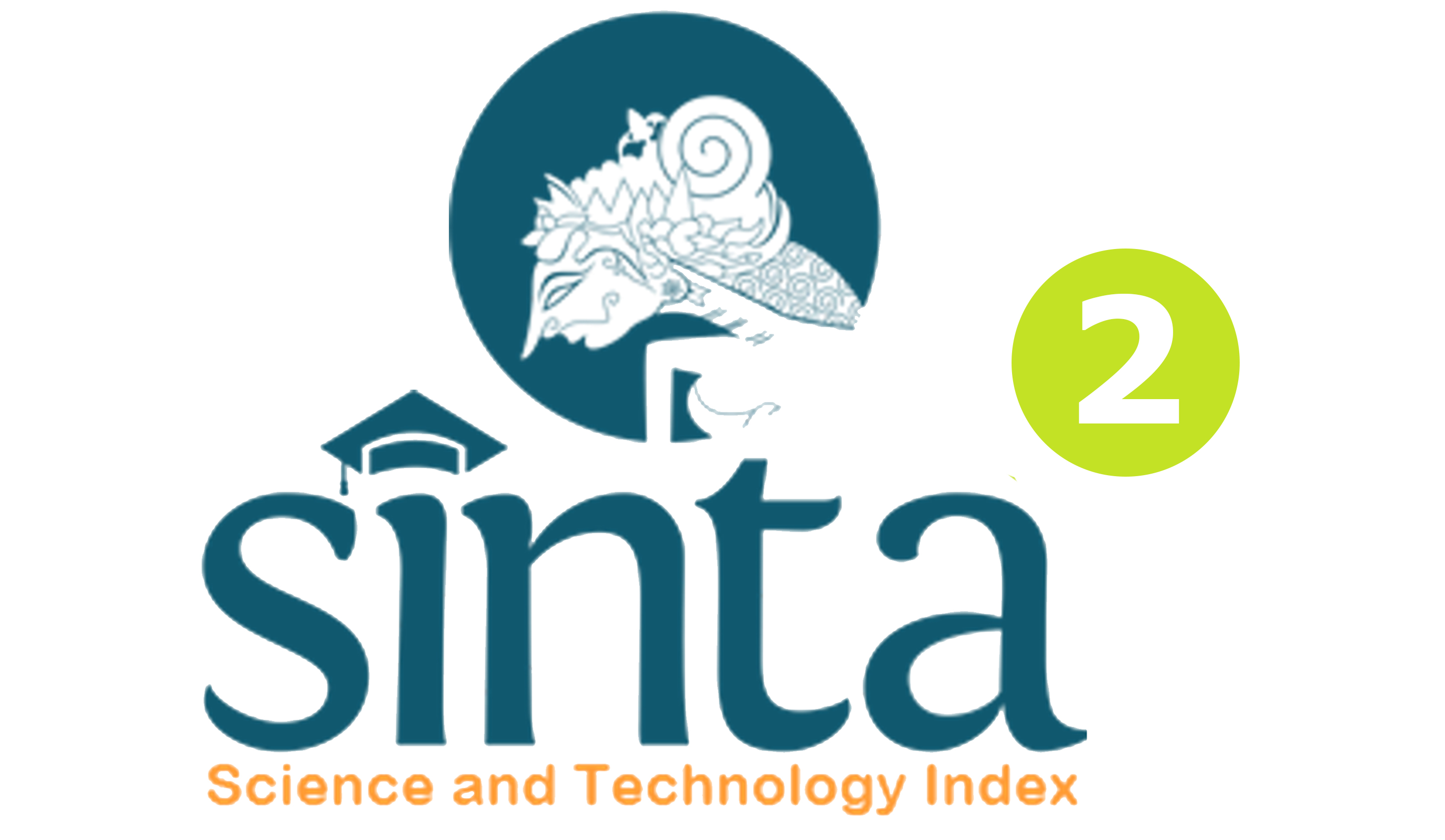Pengembangan dan Validasi Skala Penyimpangan Seksual Melalui Analisis Rasch
DOI:
https://doi.org/10.23887/bisma.v2i1.19983Keywords:
Rasch, Sexual DiversityAbstract
The purpose of this study was to analyze the presence or absence of adolescents who have sexual deviation in SMP Negeri 3 Singaraja to reduce or minimize the characteristics of sexual deviation which occurs in a community environment because students exhibit a variety of overactive behavioral symptoms associated with the opposite sex. There are students in the class who can arrange themselves to rarely connect with the opposite sex. not adjacent to friends of the opposite sex, students are reluctant to keep their distance and there are also students who always play with many students in the class. The above behavior, can be referred to as students who have the characteristics of high sexual deviation. This study was conducted by developing new instruments to measure whether sexual deviation in students can be minimized or lower. this scale is called the decline of sexual deviation. The sample of the study consisted of 8th grade junior high school students as many as 186 people from 8 eight classes that the researcher took 5 classes in SMP Negeri 3 Singaraja. Manually filled instrument format (paper-and-pencil). Analytical analyzes use the Rasch model through the Winsteps software. An interesting finding found that 8th grade school students showed different responses amongst students with other students; while the aitem analysis shows all the items are appropriate and the instrument meets the requirements of unidimensionality and some of the detected items contain biases.References
Bond, T.G., & Fox, C. (2007). Applying the Rasch Model. Fundamental measurement in the Human Sciences. Lawrence
Erlbaum Associates, Publishers. Mahwah. New Jersey
Junaedi, Didi. (2010). 17+ Seks Menyimpang. Jakarta: Semesta Rakyat Merdeka.
Linacre, J.M. (2011). A User’s guide to WINSTEPS Ministeps; Rasch-model Computer Program. Program Manual 3.73.
Mahmud, Farhan. (2002). Penyimpangan Seksual. www.google.com /seksmenyimpang. Diakses tanggal: 09-07-2010. Jam: 19.13 WIB
Reckase, M.D. (1979). Unifactor Latent Trait Models Applied to Multifactor Tests: Results and Implications, Journal of Educational Statistics, Vol. 4, No. 3, pp. 207-230
Sarwono, Sarlito.( 2006). Psikologi Remaja. Jakarta: Raja Grafindo Persada.
Suranata, K., Rangka, I. B., Ifdil, I., & Ardi, Z. (2018). Exploring of Mathematics Learning Difficulties for Students Based on Heterogeneous Group and Cognitive Style in Elementary School, 6.









